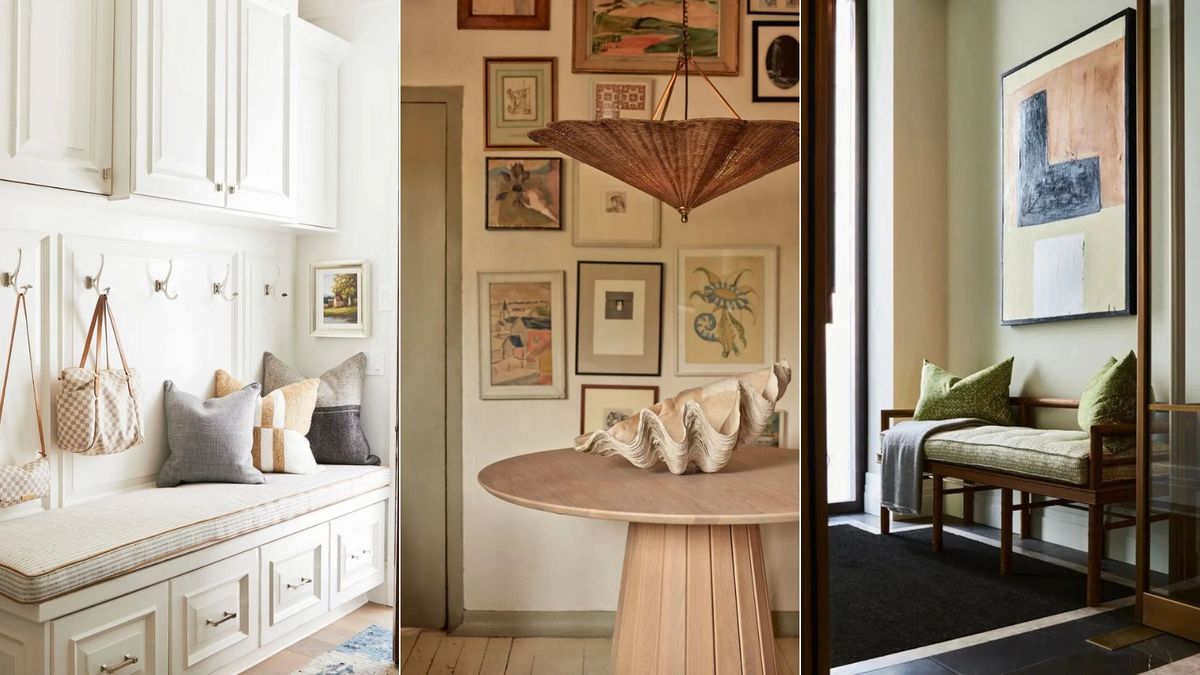6 impractical kitchens trends interior designers says won’t last
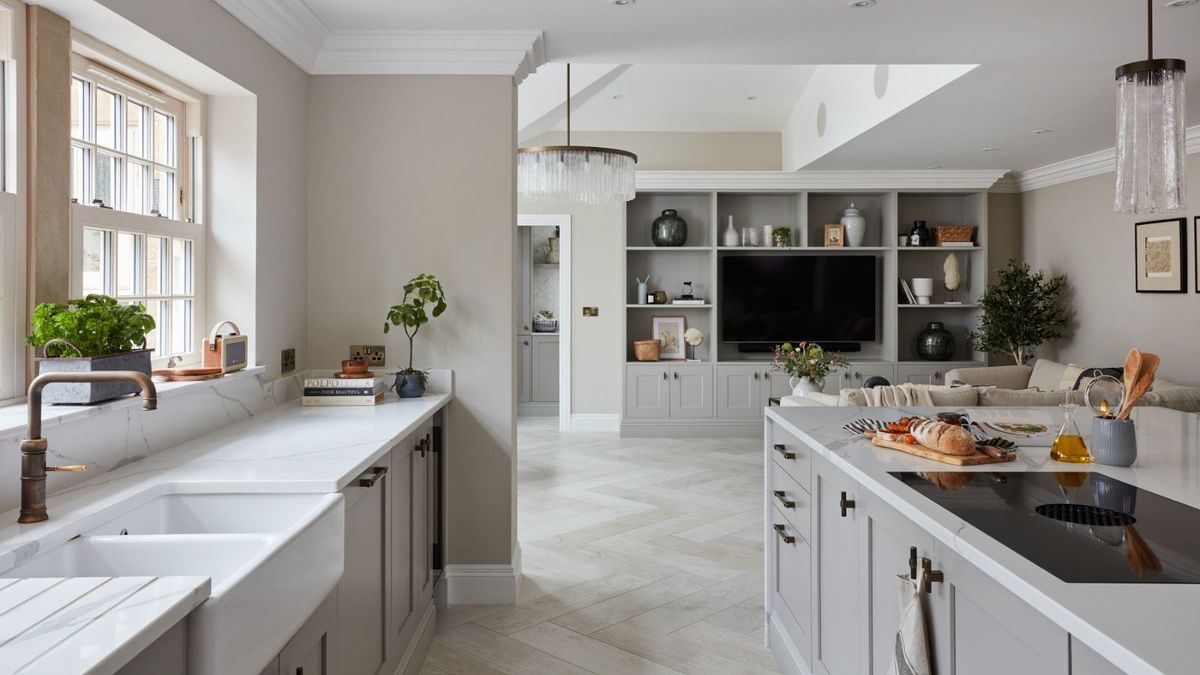
Kitchen trends don’t vary as fast as, say, living room color trends, but there’s no denying the past few years have seen a rise in new ideas. Designers and design houses have embraced approaches never seen before, from asymmetric islands to ombre countertops, from new storage solutions to simple additions of textiles.
But not all kitchen trends have turned out to be practical enough to have staying power, and designer Heather French of the Santa Fe, NM-based studio French & French says these ones have to go.
1. Glass fronted cabinets
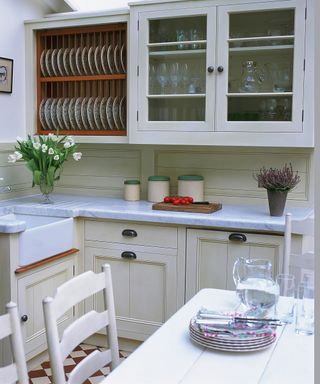
(Image credit: Future plc and Paul Zammit)
‘I don’t like them,’ Heather says of the trend for glass-fronted kitchen cabinets. ‘And don’t get me started on glass-fronted refrigerators! I think it’s important that you live comfortably and don’t have to make every corner beautiful all the time. If a cabinet is glass-fronted then it always has to be ordered and super-neat inside it. I prefer the more transitional approach, where you have flat-fronted cabinet doors that have some detailing on them. They’re timeless.’
Heather says that if you have glass-fronted cabinets and are not as tidy as you ought to be, one trick is to paint the back of them in a dark lacquer paint. ‘It’s a really nice trick that seems to absorb some of the light and mean you don’t notice what’s in the cabinets quite so much,’ she says.

Heather French is the co-founder, principal, and lead designer of French & French Interiors. Heather and her husband/business partner Matt are members of the American Society of Interior Designers (ASID) and the Historic Santa Fe Foundation.
2. Fluted kitchen islands
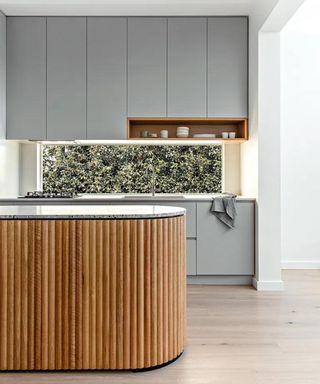
(Image credit: Kitty Lee Architecture)
This has been a big trend the past few years, with designers drawn to how fluted kitchen islands catch the light as it ripples over the surface and changes during the day. But that’s not the only thing they catch.
‘The ridges catch food, too,’ Heather says. ‘And dust. They’re quite difficult to keep clean and don’t tend to fare well in a high-traffic space like a kitchen. I prefer to have a found or vintage piece of furniture like a farmhouse table or butcher’s block, which brings a layer of warmth and is really nice, as opposed to a large slab of marble.’
3. A lack of shoulder height cabinets
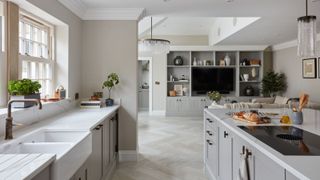
(Image credit: Armac Martin)
Designers have been back and forth on whether kitchen cabinets should go to the ceiling or not, but there has been a rising trend in no upper cabinets at all. The theory is that by keeping the top of the room clear, it allows for a sense of more space and more light and makes the room feel bigger.
‘But you lose so many storage opportunities, and storage is always at a premium in any kitchen,’ Heather says. ‘I tend to avoid open kitchen shelving because if you’re using it for storage it has a tendency to get a little messy, so if you really didn’t want upper cabinets you could try a hanging rack for your plates. These have so much character and make your china so accessible.
4. Black countertops
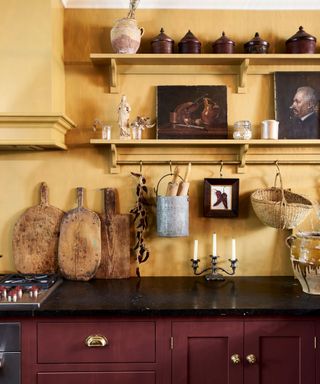
(Image credit: deVOL Kitchens)
Marble and white veined quartz has been a huge trend in kitchens for at least a decade at this point. But this year saw a return of black surfaces, glossy and brooding and seen as more sophisticated than their paler counterparts.
‘I’m not crazy about them,’ Heather says. ‘They lend themselves to being too contemporary.’ They also lend themselves to catching smear marks, fingerprints, and smudges that show up the moment the light hits them. A totally impractical choice for kitchens. ‘I still prefer a lighter stone,’ Heather says.
5. Asymmetric islands
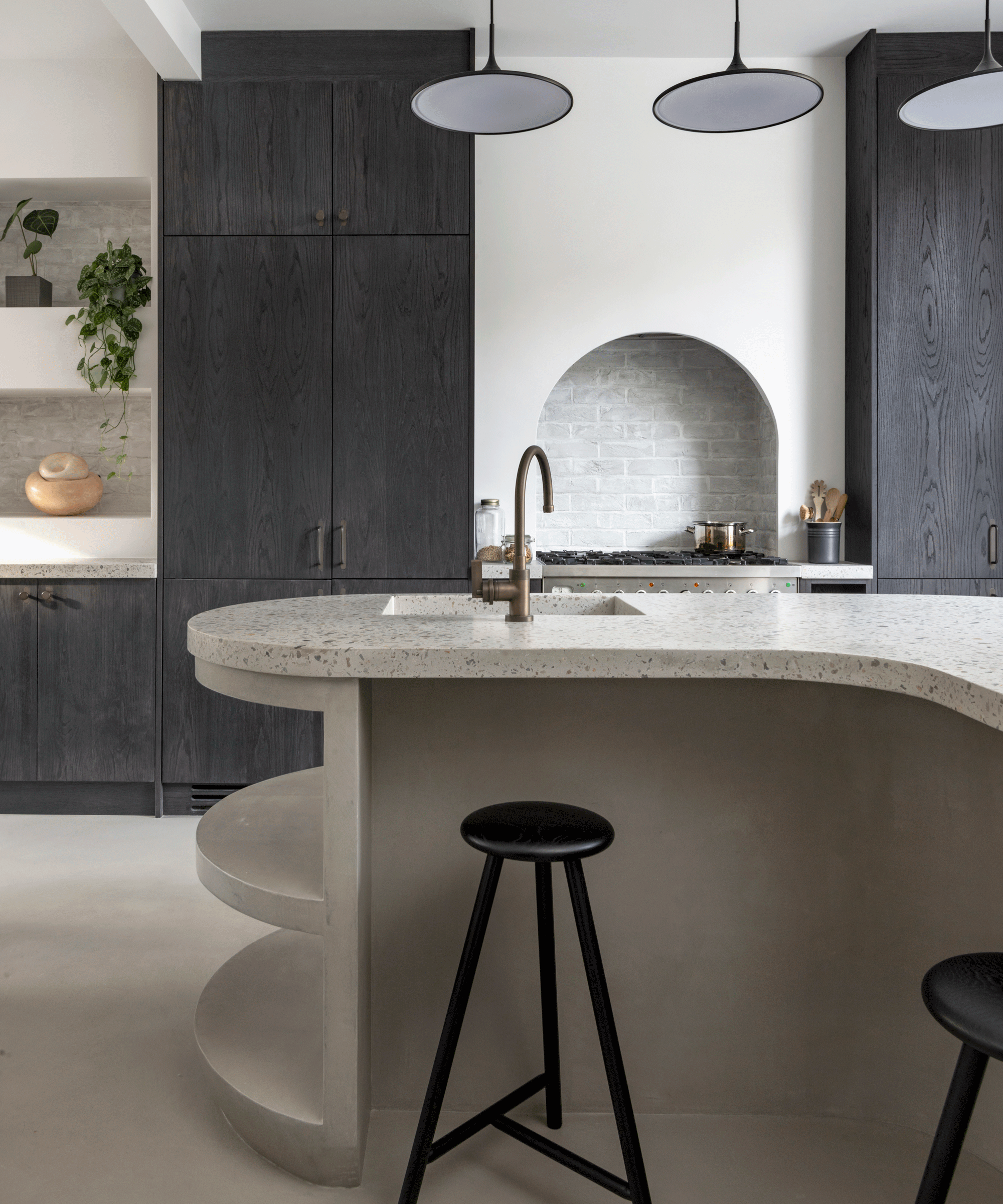
(Image credit: Ben Waterhouse)
Around two years ago, islands started to come with curved edges, circular ends, or in asymmetric lima beans. After years of rectangular slabs they were a breath of fresh air – organic and soft and inviting. But sadly they’re an impractical kitchen trend, and Heather says they have to go.
‘They’re not my personal favorite, as I like to be more traditional when it comes to the kitchen,’ Heather says. ‘And those curves and shapes eat up floor space, while also not giving you as much of a chance to store your pans underneath – the cupboards just aren’t the right shape to get as much in them. You’re much better off with a rectangle, or a piece of antique furniture that has shelving on the bottom.’
6. Rugs on kitchen floors
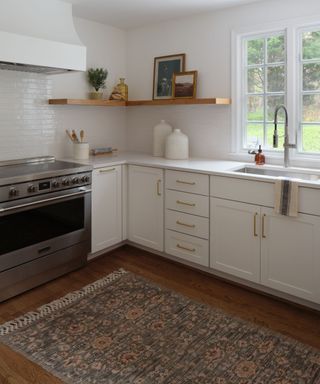
(Image credit: Gruver Cooley)
An inexpensive way to soften hard kitchen surfaces, designers started layering rugs into their projects three or four years ago. But while they are an easy opportunity to add pattern and character, they’re also totally impractical.
‘I would never have a rug under a kitchen or dining table, or around an area that food is prepped in,’ Heather says. ‘They get gross, fast.’ They’re also a slip hazard, as rugs tend to ruck up, and this could happen just when you’re carrying boiling water from the stove.
That’s not to say kitchen rugs don’t have some usage, though. ‘Our kitchen is an L shape, and I have a rug by the door so the dogs tread their mud on it the moment they come in,’ Heather says. ‘If that’s the approach you’re taking, go for something durable that is easy to clean, wool and not, say, silk. And keep it away from where food is made or consumed.’
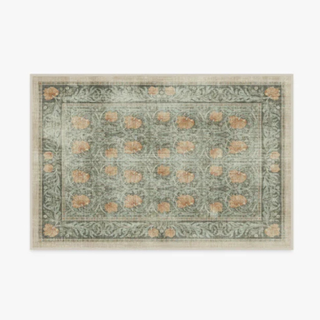
Morris & Co. Pimpernel Jade Rug
A kitchen rug may be impractical in certain forms but Ruggable rugs are designed for high-trafficking potentially messy spaces. The rugs are machine washable and spill and stain proof too. There’s thousands of designs to choose from but this one already has a slightly distressed look which is ideal of areas that will see wear and tear like kitchens.
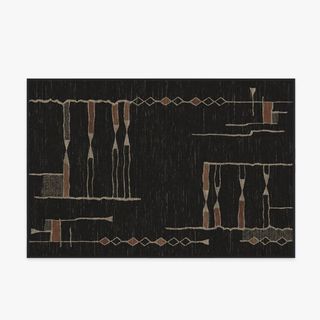
Going for a darker color that will hide spills and stains makes sense in a kitchen. This design is moody in color, but still has a rustic feel with the traditional organic line work inspired by the rugs of Morocco.
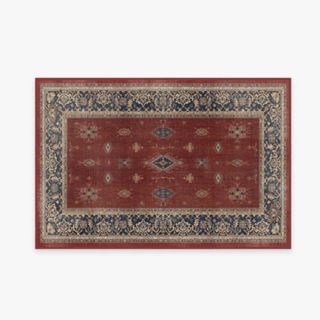
For a more traditional look this Persian-style rug gives the same rustic effect as a vintage find, but it’s super low pile, stain resistant and machine washable.
Impractical to one kitchen owner may be a totally feasible addition to another, but just bear in mind that kitchen trends come and go and many of them are about aesthetics over practicality. When making all your kitchen design decisions just always consider how you use the space and how the space will age over time.
link

